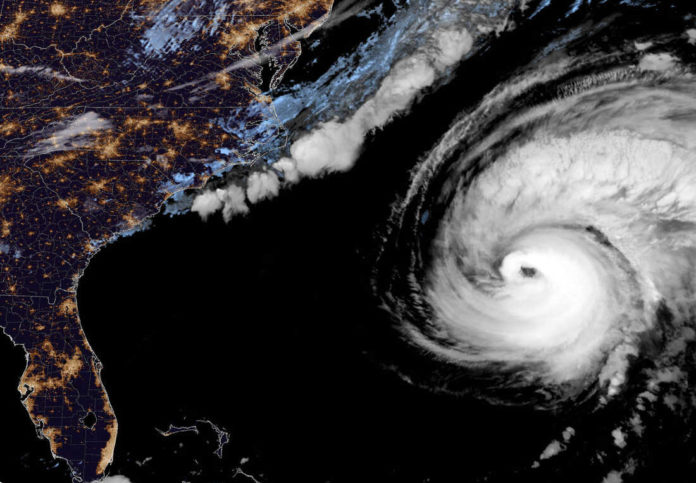When Hurricane Fiona made landfall in Puerto Rico on September 19th, winds were estimated to have been around 85mph. Although it was only a category one hurricane, Fiona caused massive power outages, flash flooding, heavy rains, and the disruption of municipal systems. Although things are looking grim, Puerto Rican governor Pedro Pierluisi claimed, “We are much better prepared now than Puerto Rico was five years ago when we got hit by Hurricane Maria.” But is being prepared for increasingly intense hurricanes and other natural disasters really a sustainable, long-term possibility?
Hurricanes start as large amounts of the ocean’s surface heat collide with cooler air. This results in warm water vapor that begins to condense, forming storm clouds that produce rain. Heat is emitted during condensation, and this heat powers a seemingly never-ending cycle. A group of geoengineers have proposed a solution to not only weaken the damage of hurricanes, but to slow down the occurrences altogether. They outline a rather controversial method in their Proceedings of the National Academy of Sciences journal publication in order to work towards this goal. It is suggested that forcing about ten teragrams of sulfate into the atmosphere from 2020 to 2070 would absorb sunlight and cool down ocean surface temperatures. As the sulfate blocks out sunlight, oceanic temperatures will start to cool and would therefore interrupt the cycle before it becomes a dangerous hurricane.
The geoengineers developed their model after observing how the least active hurricane season in the Northern Hemisphere was preceded by the Katmai and El Chichon volcanic eruptions in 1914 and 1983, respectively. However, there are a few problems to consider with this solution, the biggest being that pumping sulfates into the atmosphere will create a hole in the ozone layer. Although that is quite a big problem, the model could still be sound. As long as the sulfate is replaced with something more environmentally friendly, this is a feasible solution in response to the ongoing changes resulting from climate change.
The geoengineering field has been growing as climate change continues to create severe issues for us. In the projections that were published, hurricanes as devastating as Katrina would be reduced in half if more geoengineering interventions were implemented. Additionally, the projections also showed that sea level rising could also have a weaker effect on us in the future with better interventions. It is estimated that flood levels would be lowered by as much as 40cm for short-term events and halved for long-term surges. Although there is significant opposition to the human intervention of natural systems on Earth, there is growing desperation for a way to slow down the direct and indirect effects of our current climate crisis.
